(ECNS) -- A fossilized human parietal bone was discovered in Location 15 at the Zhoukoudian site in Beijing, according to the Chinese Academy of Sciences (CAS) on Monday.
The fossil was discovered from mammal fossils by a research team from the Institute of Vertebrate Paleontology and Paleoanthropology under the CAS, with the aid of CT scanning and 3D reconstruction.
This is the first discovery of Pleistocene human fossils in the Zhoukoudian site area since 1973. The fossil specimen is yellow-brown in color and fully mineralized. Its bone thickness, curvature, and size are roughly same with the right parietal bone of the Homo erectus cranium found at Zhoukoudian.
"The discovery will contribute to a deep understanding of human evolution in this region through comparative anatomy and molecular biology. It provides extremely important and crucial specimen materials for exploring the evolutionary patterns of ancient humans in China," said Wu Xiujie, a researcher with the team.
The Homo erectus fossils discovered at Zhoukoudian Location 1 are important research materials for exploring human evolution and have received significant attention from scholars both domestically and internationally. Zhoukoudian Location 15, which is located 70 meters away from Location 1, was discovered in 1932. It yielded a large number of stone tools and mammal fossils, dating back to the late Middle Pleistocene, approximately 200,000 years ago.





















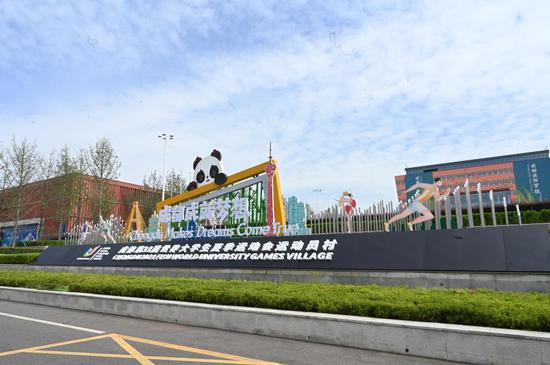





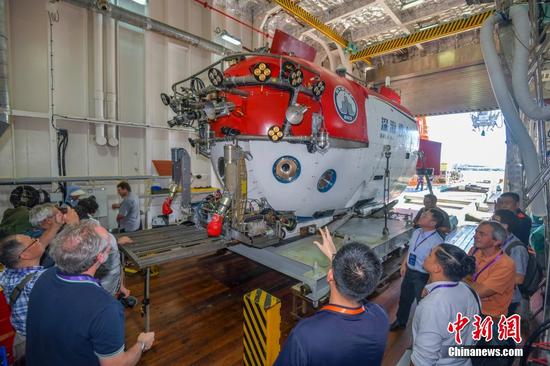

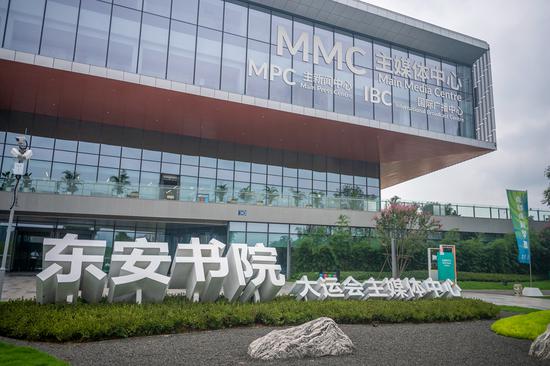
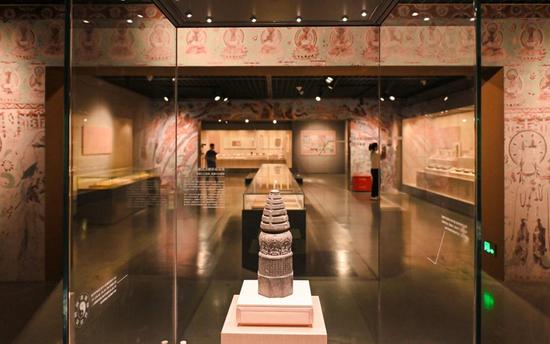



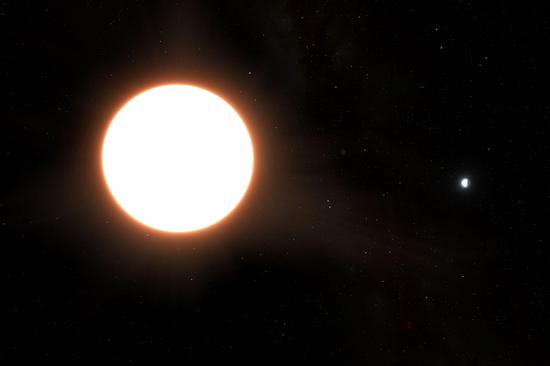


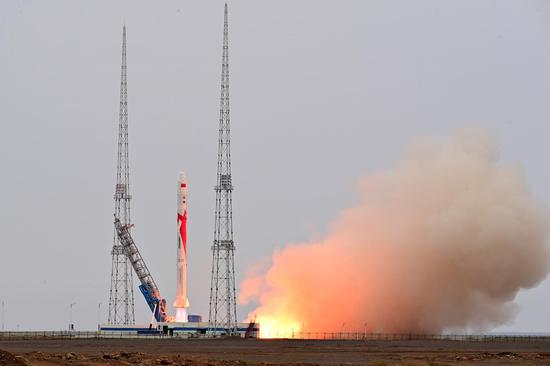












 京公网安备 11010202009201号
京公网安备 11010202009201号